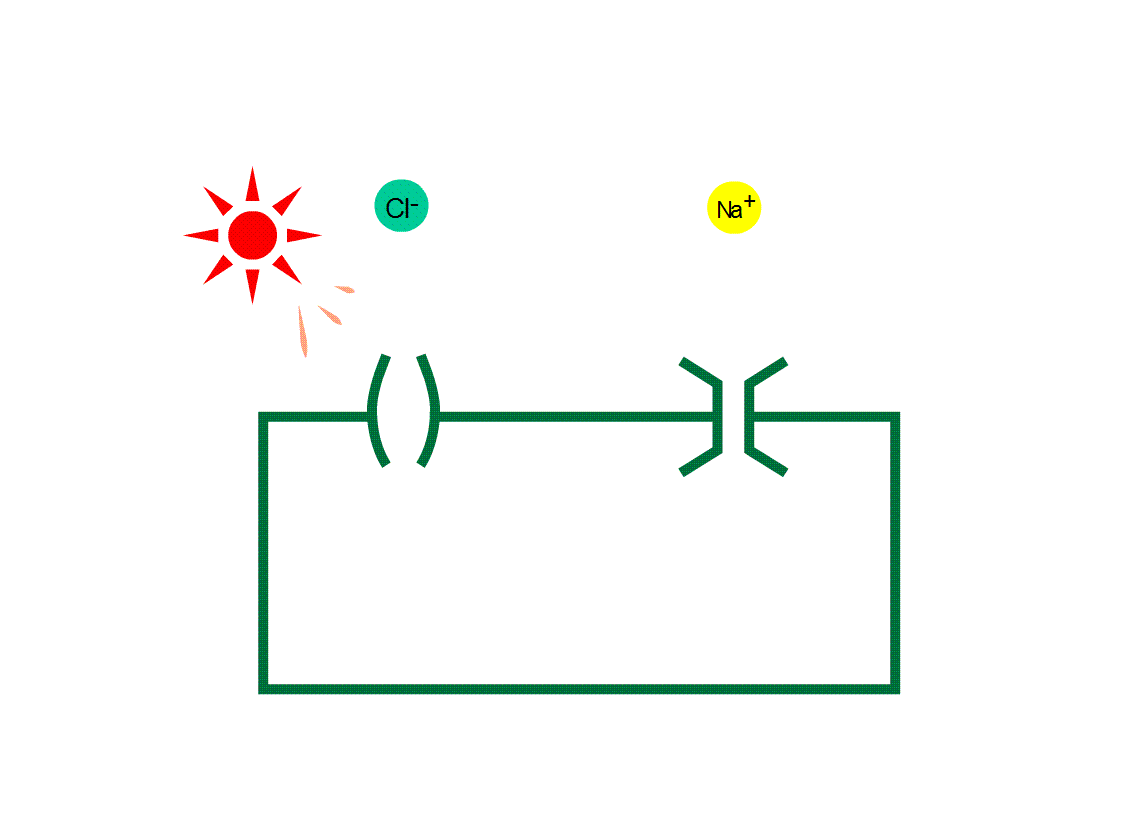



Over the past 50 years, dramatic improvements in RO membrane technology elevated RO to be the primary choice for new desalination facilities. Its salt rejections is significant comparing to other membrane methods. And its energy cost is much lower than traditional thermal process. In 2008, among over 15000 desalination plants in operation in worldwide, 50% of those are RO plants.
The mechanism of RO method can be explain through two parts: membranes and pressure.
First, RO membranes are special membranes. Its layered, web-like structure only allows water to pass through by a tortuous pathway. Unlike nanofiltration (NF), ultrafiltration (UF) or micro-filtration (MF), RO membrane reject the smallest contaminants, monovalent ions. This properties allows this kind of membrane to process seawater desalination and even other filtration process requiring removal of monovalent ions.
The other important elements of RO method is osmotic pressure. In a normal status, water molecules always move from low salinity area to high salinity area.